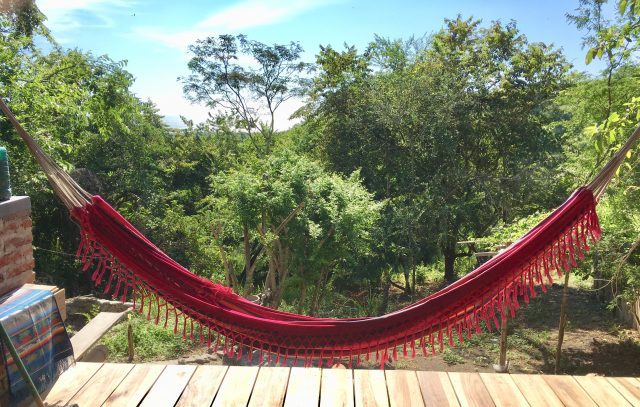So you’re ready to travel to Tropical Latin America, you got your plane ticket, and now you’re packing your hiking shoes, your sunscreen, and your camera. All you’re missing to make this trip perfect is a hammock. But don’t worry, you’ll find one as soon as you get to your destination, as it is the universal icon of a tropical rest!
There’s no wonder why hammocks are now part of the cultural inheritance of every Latin American country. The origin of the word comes from the Arawakan, a language spoken by the pre-Columbian natives of what is now Haiti and the Dominican Republic. “Hamaka” means fishing net, but it’s also the name of the tree that provided the bark and roots to craft these fantastic hanging beds. However, this island doesn’t take the full credit on inventing the hammock, as they’ve been crafted for centuries by natives of in all the Caribbean Islands, every Central American country, and most countries in South America. Though each region sourced from different trees to wave their hammocks, all of them were created with the same purpose: to provide a well-deserved rest, undisturbed from any perils on the ground.
It is said that when Christopher Columbus arrived in America, between one of the many treasures he took back to Europe was more than a dozen hammocks. In Spain, the word Hamaka turned into hamaca (hey, that’s us!), and in English, it transformed into hammock.
After the hammock introduction to Europe, sailors realized how convenient they were for traveling. In the 16th Century, they started using them in ships, as they protected them from the dirtiness of the floor, saved much more space than bunk beds, and kept them from being thrown onto the deck with sharp swings from of ship.

Nowadays, hammocks are used all around the world and are loved by everyone for their practicality. You can find them in luxury hotels by the sea or camping expeditions in the rainforest, and many are now factory-made with synthetic fabrics. However, whatever your destination in Tropical Latin America is, you won’t have any trouble finding traditional hand-woven hammocks, which are now typically crafted with wool, cotton, or nylon. The colors and styles of the netting patterns vary depending on the region, but in the end, they all serve the same function and are uniquely beautiful. There are places like Yucatan, in Mexico, San Sebastián, in El Salvador, and Tintorero in Venezuela, where waving hammocks is a cultural heritage, and the craft is mastered by men, women and children alike and passed along generations.
So, now you know. Wherever Latin American country you find yourself, it will always be easy to find a hammock. Mainly when you travel to the coast you’ll see that, from five-star hotels to the most humble of homes, there’s always space for a hammock in the house, as well as there’s always the time to lay down on one, get cozy, and enjoy life.

